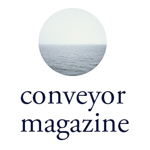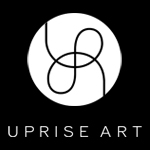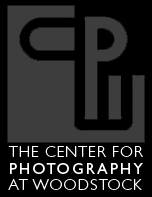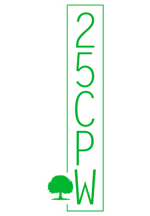Wanderlust Presents: Heidi Norton
Hello Heidi Norton,
Blending the lines of photography, installation, and sculpture, Heidi Norton’s methodology for image making is in a constant state of organic flux. Integrating live plants, wax, wood, and other objects, her process is informed by the questions and conundrums of Modernism. In particular, is Heidi’s own visual investigation into notions of idyllic beauty and how to redefine it.
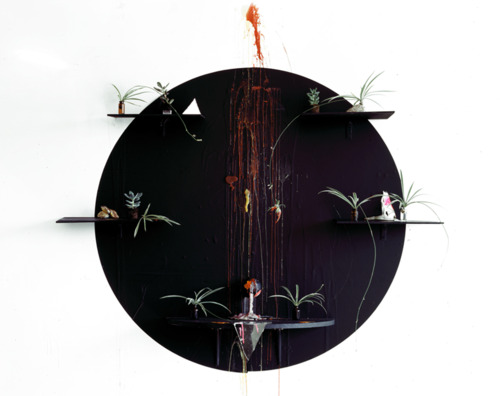 Channeling (Baby Spider Plants), 2010 archival pigment print, from the series Not to see the sun
Channeling (Baby Spider Plants), 2010 archival pigment print, from the series Not to see the sun
Informed by an unconventional upbringing in rural West Virginia; Heidi and her sister were the children of avant garde, bee keeper parents, who embraced an alternative style of rural homesteading. They were living off the grid before it could be culturally defined as doing so.
In memoriam to such a dinifitive history, the series New Age Still Life (2009-present), is a selection of house plants, seashells, glass jars, books, and mirror shards photographed as still lifes, or constructed as so.
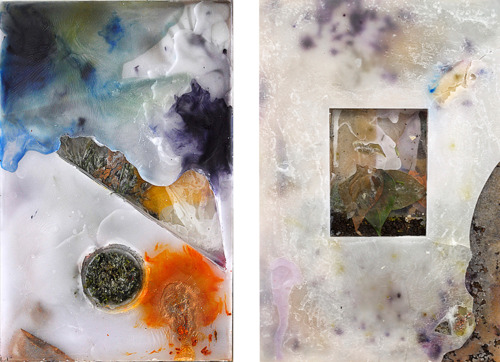 Moss Hole, 2011 wax and mixed media
Moss Hole, 2011 wax and mixed media
Each and every object is selected for its formal, as well as personal qualities. Through the application of both preservation and deconstruction of these plants and organic objects, the images are created as both 2D and 3D life forms. Eventually the plants will complete their lifespan, growing, withering, and shedding the acrylic paint or wax, to deconstruct and be reborn again.

Deconstructed (Rebirth), 2009 archival pigment print
The paint encapsulates and preserves, but it also stifles the plants, thus the organic forms oscillate somewhere between life and death. Through the science and mechanics of photography, as well as the use of color, geometry, and art history, Heidi has redefined the definition of the still life.
 My Dieffenbachia Plant with Tarp (Protection), 2011 archival pigment print
My Dieffenbachia Plant with Tarp (Protection), 2011 archival pigment print
 Installation shot, 2011 from the series Not to see the sun
Installation shot, 2011 from the series Not to see the sun
There is an inherent tension in place with each of Heidi’s images and sculptures. Evoking the delicate relationship between humans and nature, like basic biology, we must destroy something in order to rediscover its potential.
“I’m trying to embrace that idea of flux and decay. I’m also interested in how the sculpture changes—like in color, the leaves turning from bright green to yellow or pink to brown” over time.
 Wax Corner, 2011 archival pigment print
Wax Corner, 2011 archival pigment print
 Circle Template for Glass Sculpture, 2011 archival pigment print
Circle Template for Glass Sculpture, 2011 archival pigment print
Fossilized in time, yet precariously non archival, each image is its own ecosphere of histories. Heidi’s primitive, imaginative, and keen process to the reappropriation of photography and its dimensionality, is visually engrossing as a both a tactile image and disintegrating life form. She’s a visual Bee Charmer.
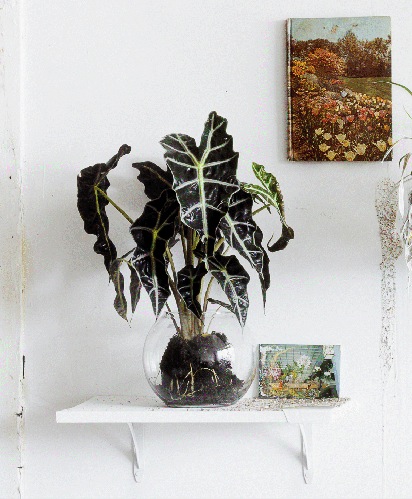 Elephant Ear Prize Orchid, 2011archival pigment print
Elephant Ear Prize Orchid, 2011archival pigment print
Heidi received her MFA from the School of the Art Institute of Chicago. Her work has been exhibited at the Contemporary Art Museum in Baltimore, Los Angeles, London, Spain, and the Knitting Factory in NYC. Her first solo show, Not To See The Sun, 2011 in Chicago was wildly praised.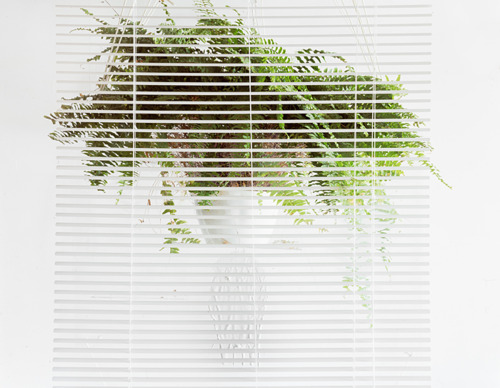 Untitled, 2010
Untitled, 2010
To see more of Heidi Norton go here: { www.heidi-norton.com }
30 Apr 2012 / 3 notes / Wanderlust Aubrey Hays Heidi Norton
-
humansandghosts reblogged this from conveyorblog
-
 gjennyg liked this
gjennyg liked this
-
 photolia liked this
photolia liked this
-
 conveyorblog posted this
conveyorblog posted this

